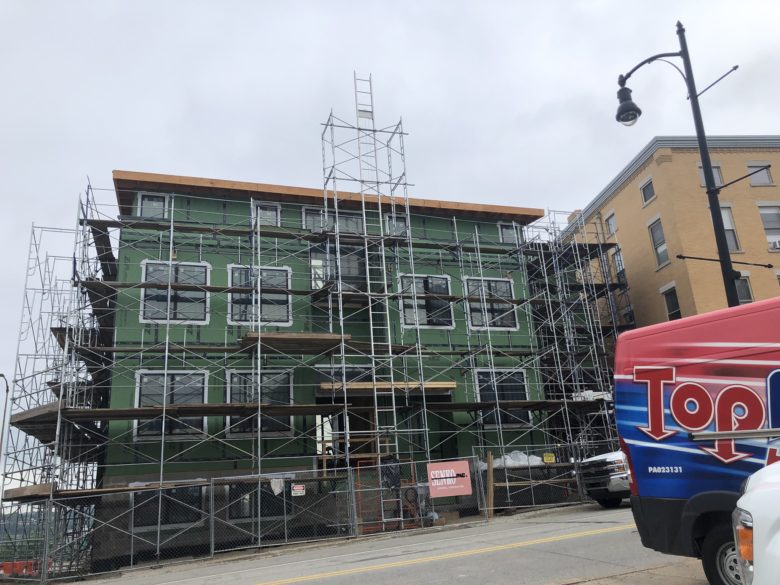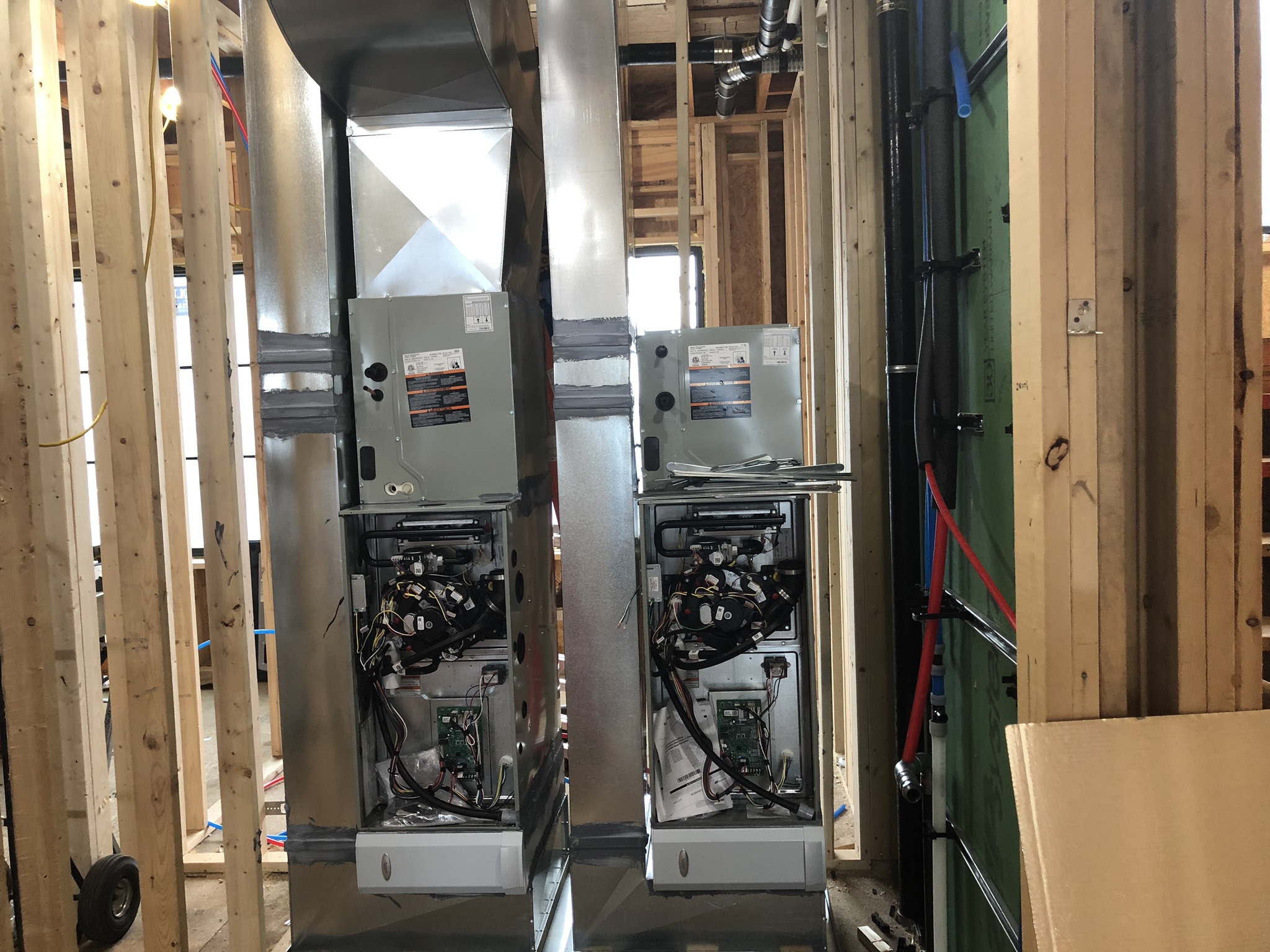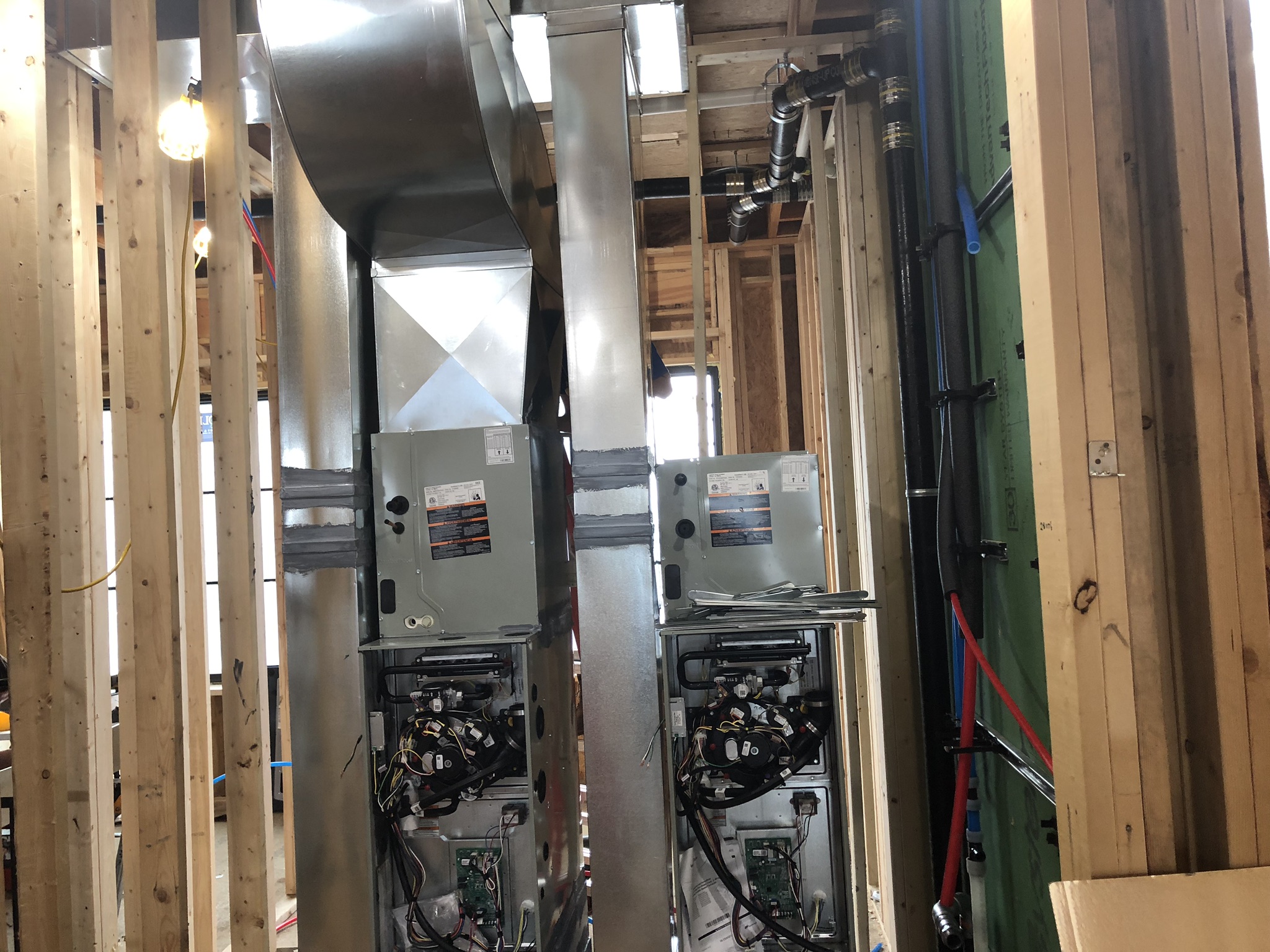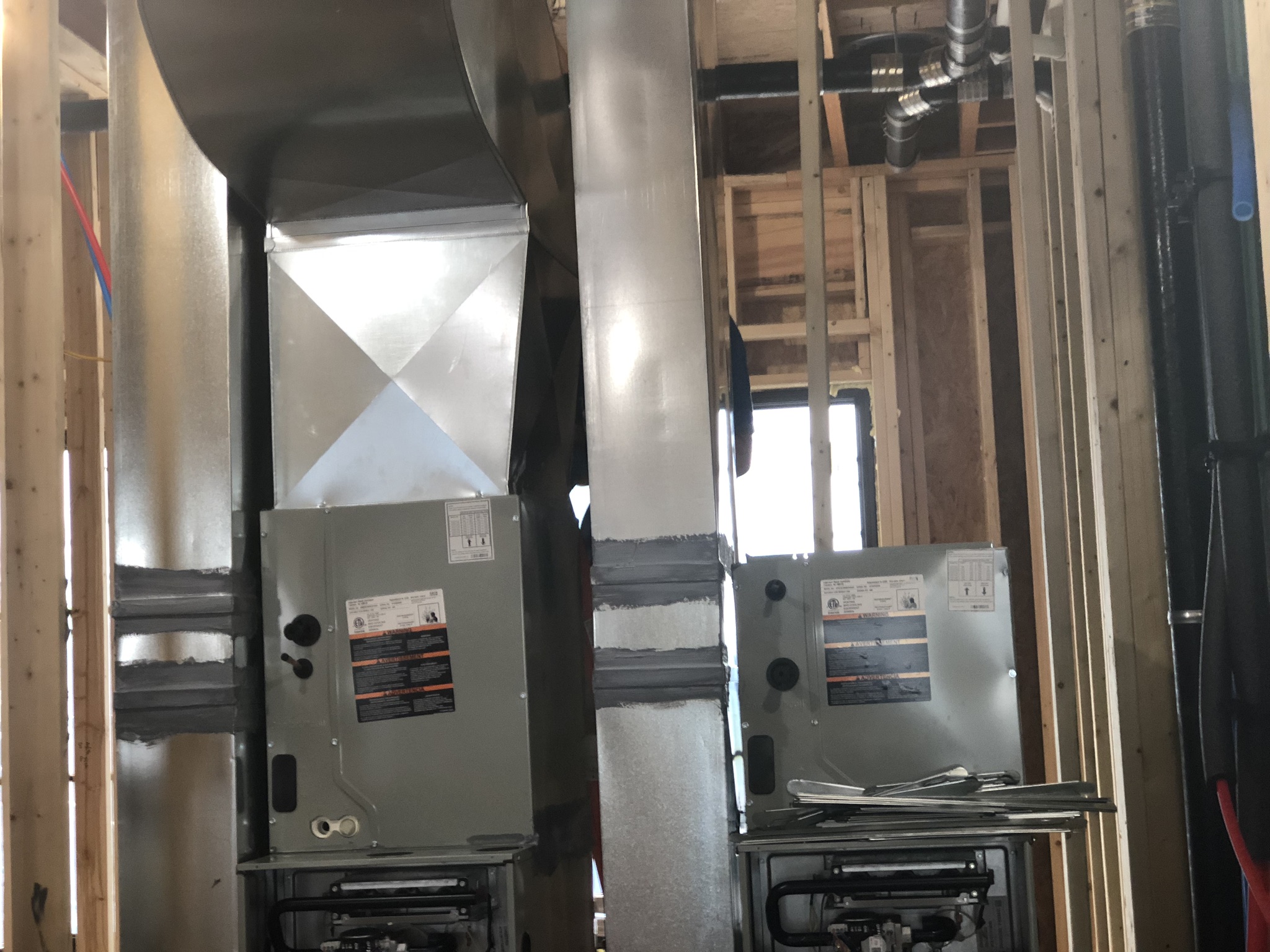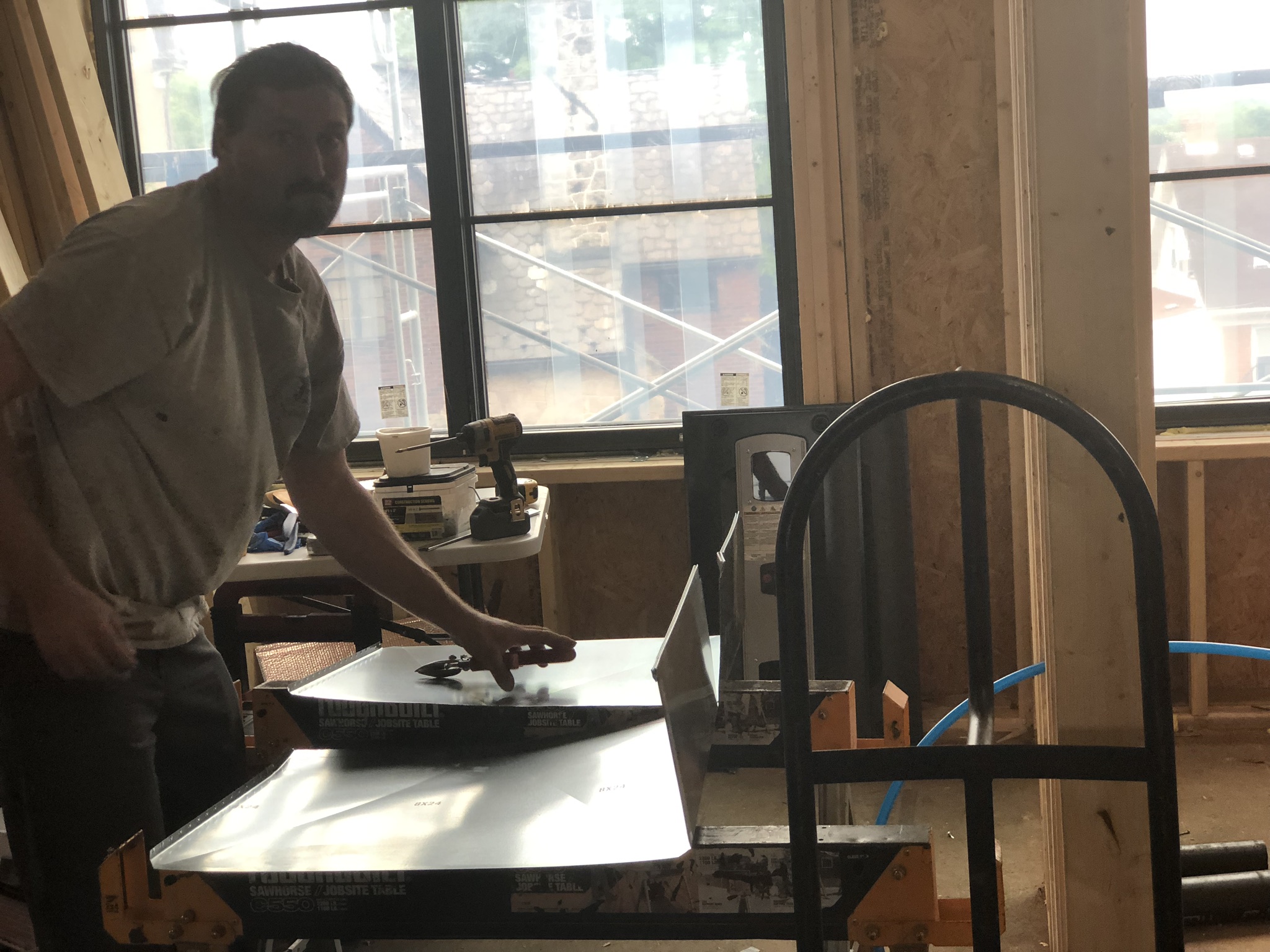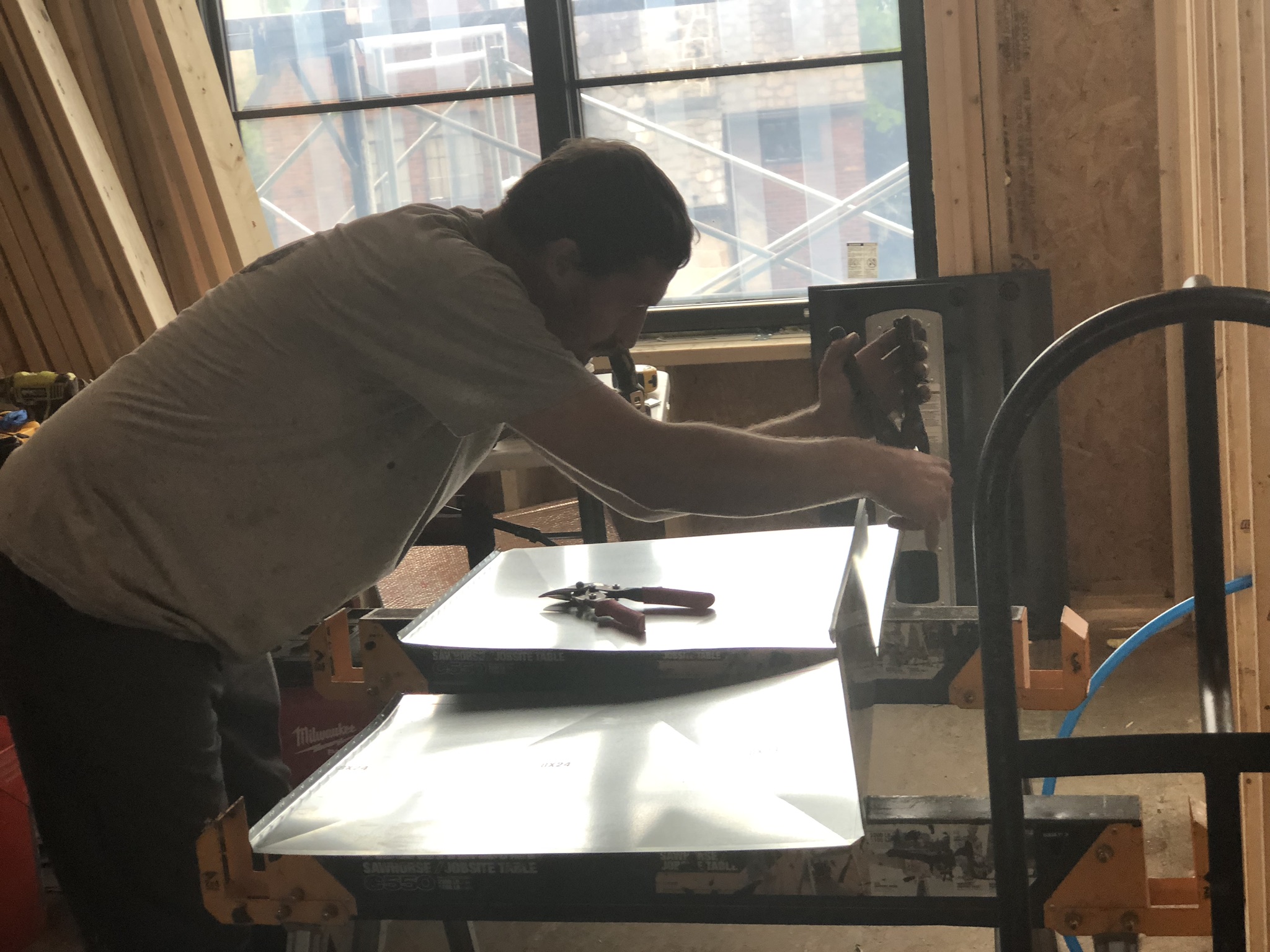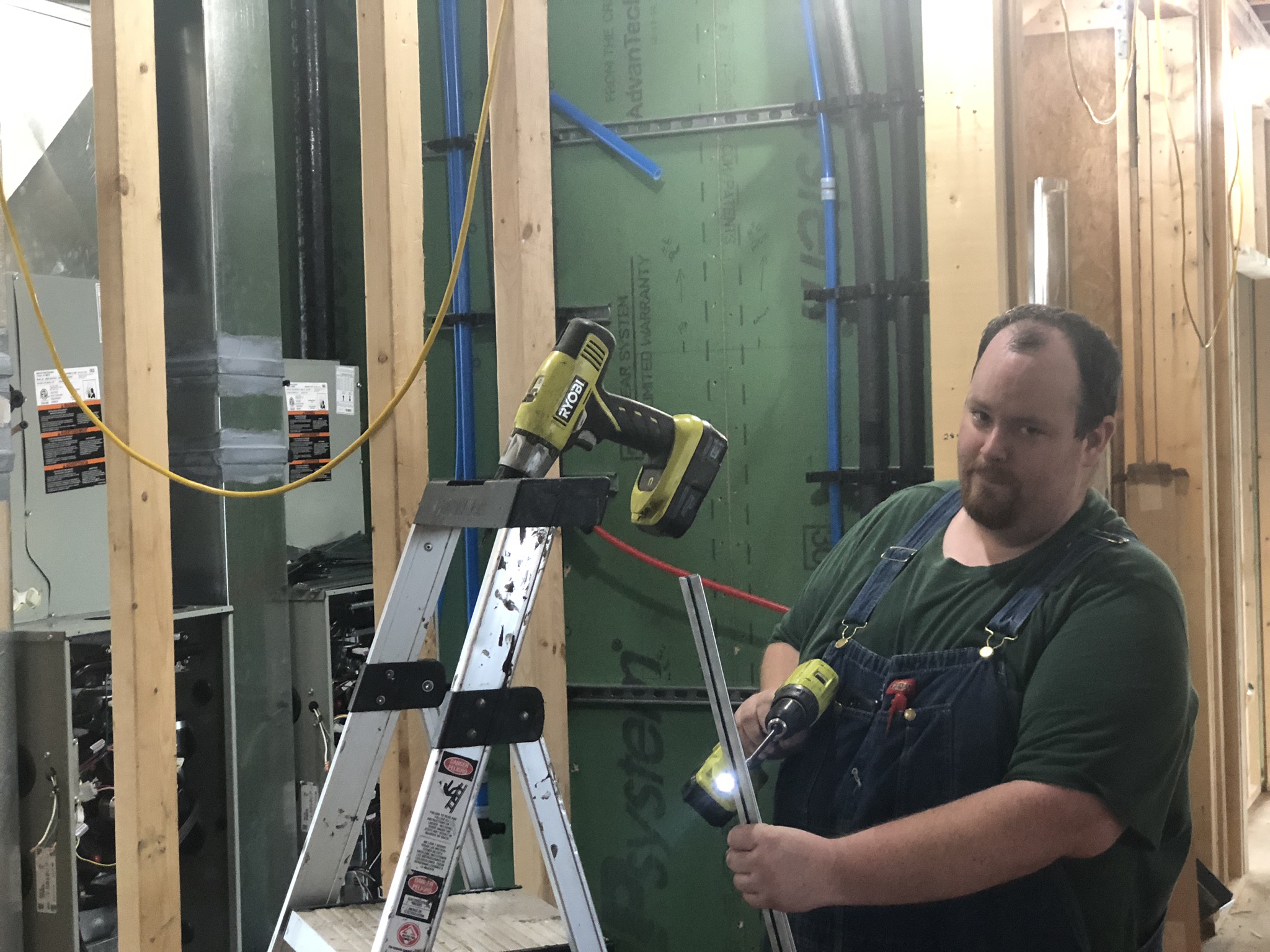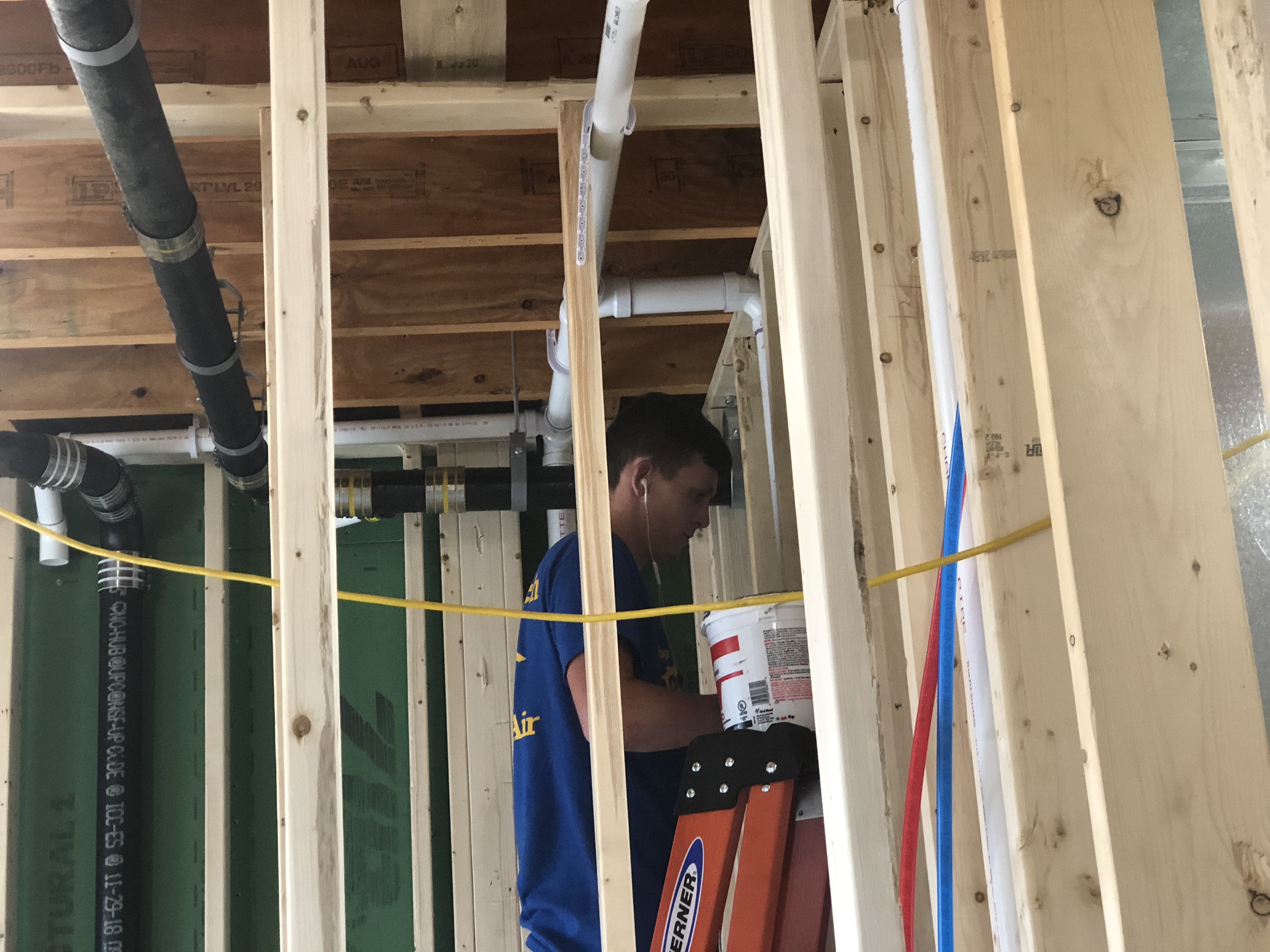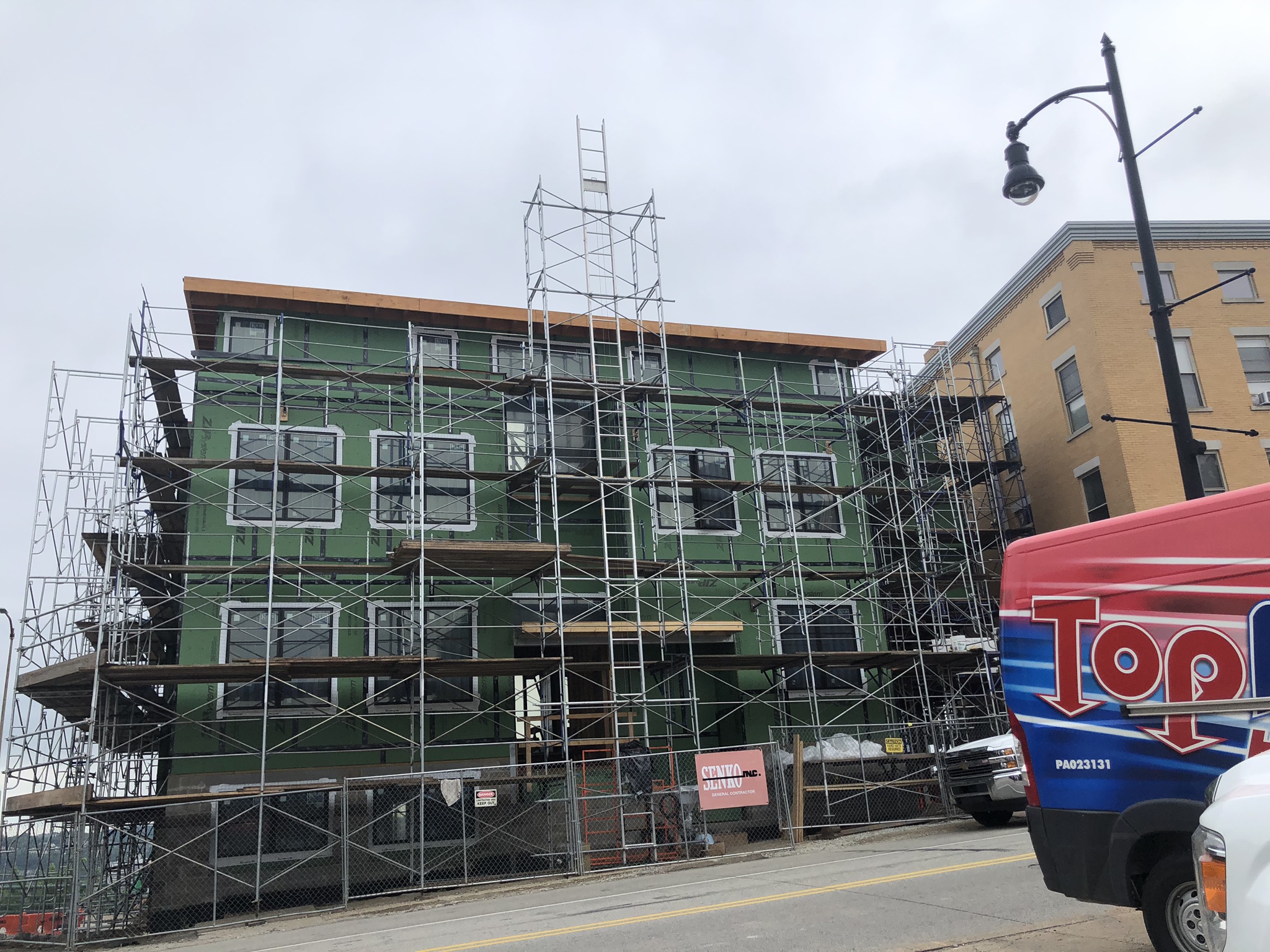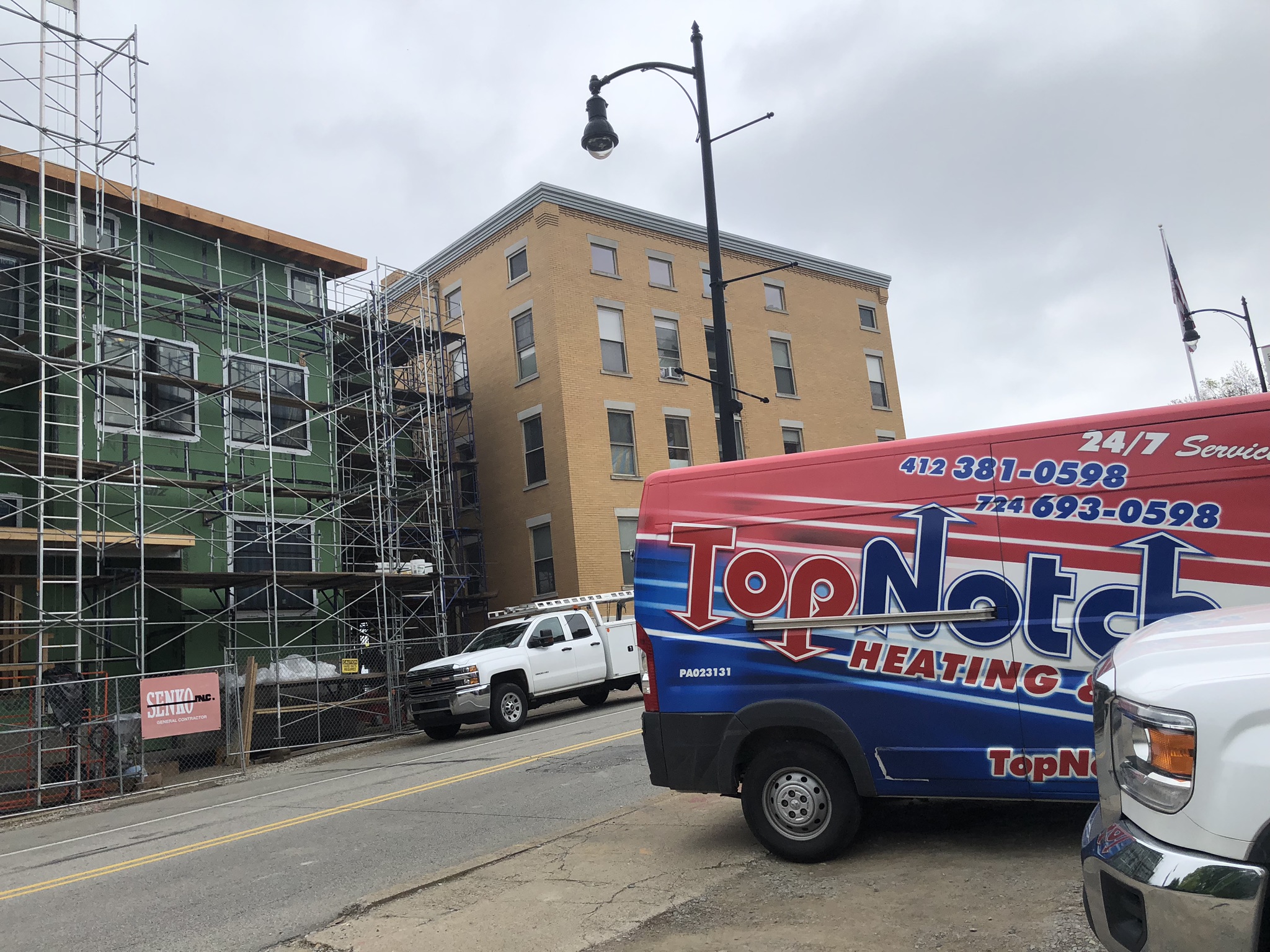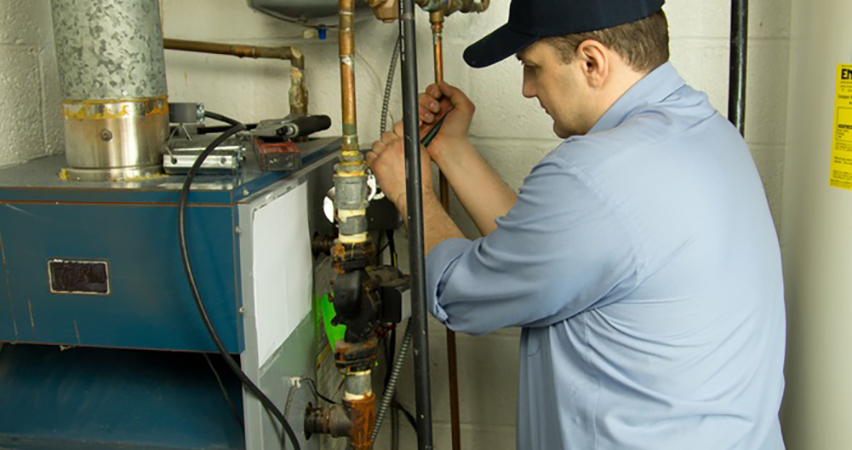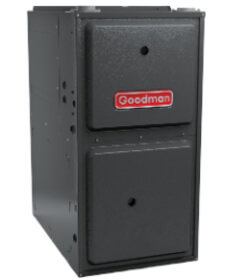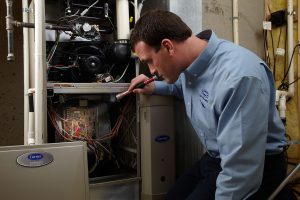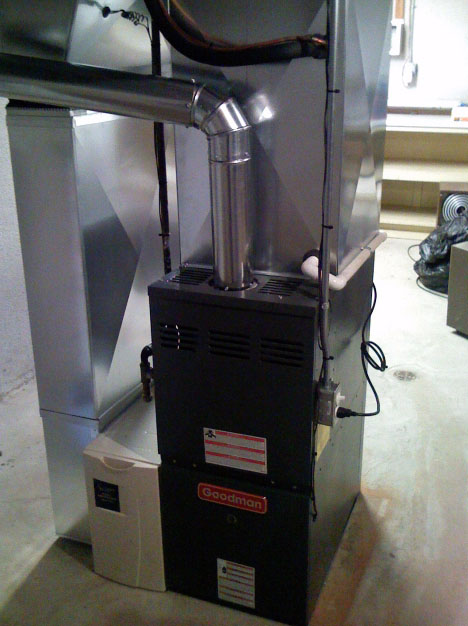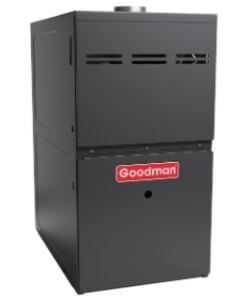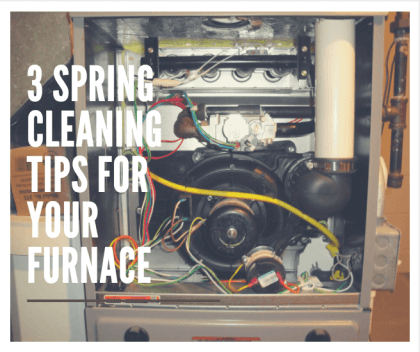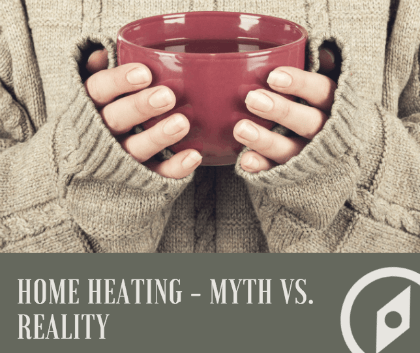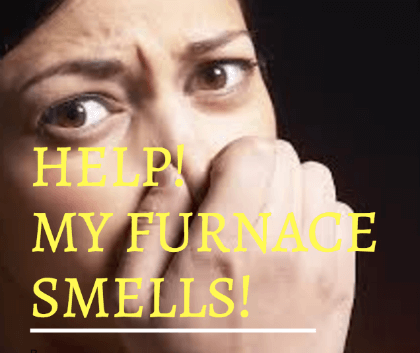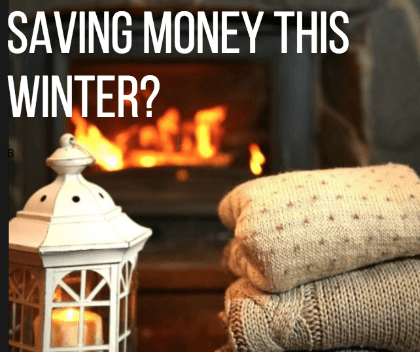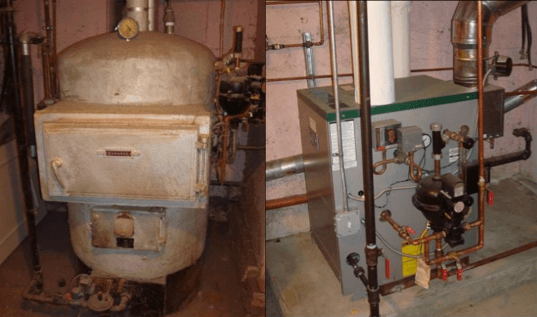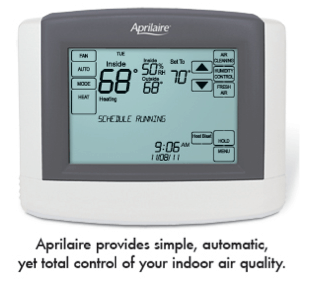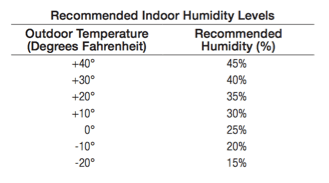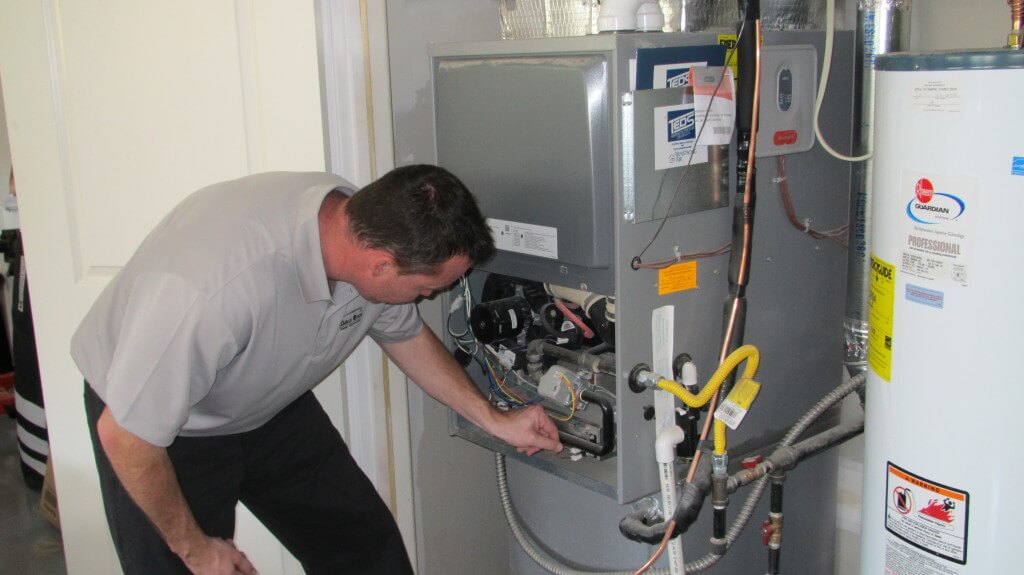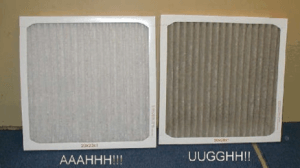You love your furnace. You just don’t realize it until it craps out on you on a cold winter’s day. Then you realize exactly how much you’ve taken that furnace for granted. Without modern day furnaces, we’d still be huddled around a fire to stay warm. While we all appreciate a cozy night beside a fireplace, a furnace is there for us all day and all through the night. That is… until it stops working.
If your furnace isn’t kicking or warming your house property, here are a few furnace troubleshooting tips from Pittsburgh HVAC company Top Notch Heating and Air.
Check Your Furnace Filter
The air filter in your furnace gets dirty over time. An air filter that’s clogged by dust, dirt, and pet dander can prematurely breakdown or negatively impact how well your home is heated due to restricted airflow. It may also become a fire hazard.
Try to check your air filter every 30 days. One simple way to do this is by removing the filter and holding it up to a light. If you cannot see light passing through it, it’s time for the filter to be cleaned or replaced.
Filter replacement is a DIY endeavor. When installing a new filter, just make sure the arrows on it are pointing to the direction of the airflow. Then be sure to properly secure the access panel once you’re finished.
Check Your Thermostat
Once you’ve confirmed that the air filter is clean, or you’ve properly installed a new filter, it’s now time to check the thermostat.
People think we’re insulting their intelligence when we ask them to confirm the thermostat is set to “heat” and that the temperature is set to at least 5 degrees higher than the current indoor temperature. Yet, every winter, we get at least one of those calls from a confused homeowner who can’t figure out why their heat isn’t kicking on.
Often times the batteries in the thermostat need to be replaced or an electromechanical thermostat may need to be opened and gently dusted with a soft paintbrush.
Another common thermostat issue is its location can make it vulnerable to false readings if it’s in direct sunlight or located near a space heater, oven, lamp, or another heat source. A thermostat receiving wrong input will send out the wrong output.
Check Furnace Switch & Electrical Panel
Many times there’s no problem whatsoever with the air filter and thermostat. However, the power could be an issue.
There will be a furnace switch located near the unit. Check to make sure it wasn’t accidentally turned off. Perhaps flip it back and forth a few times to make sure you hear some semblance of life.
If you don’t, then it might be time to head to the electrical panel to make sure the power at the breaker or fuse box is turned to on. Ideally, the breaker box will be properly labeled; however, if it isn’t, look for the breaker that’s in the opposite direction of the others. That will be the one you’ll want to flip from off to on to reset. You’ll hear a click when you do this.
If it’s a fuse box you’re dealing with, the bad fuse will look discolored and melted. Unscrew it and replace it with a fuse of the exact same type and size. The easiest way to ensure you find an identical fuse is to take the old one to the store and pick out a matching replacement.
Once you’ve done this, turn your furnace switch on to see if power to your furnace has been restored. If there’s still no power, or the breaker has tripped again, it’s time to call an HVAC professional.
NOTE: Prior to resetting power, ensure your hands and feet are completely dry. Do not touch anything If there are visible signs of electrical damage or moisture.
Check Furnace Flame
Your furnace flame should be a healthy blue color. This blue flame is an indicator that your gas furnace is burning fuel safely and efficiently. There might also be a small yellowish tip.
What you don’t want to see is a flame that’s red, purple, green, or completely yellow. When you see this, you need to immediately contact an HVAC professional.
Pilot light & Gas Valve
If your furnace flame is out, you can relight it on your own. Just be sure to consult your unit’s owner’s manual for instructions and proceed with caution. Be sure to turn your gas off for about 10 to 15 minutes before you attempt to relight the pilot. Do not continue if there’s even the faintest smell of gas! That could suggest a gas leak and you’ll need to evacuate your family from the premises and call your gas company ASAP to report a leak.
Properly Secure Front Panel
Many furnaces will not run properly if the front access panel isn’t properly secured or pressed in all the way.
Make Sure All Vents & Registers Are Open & Unobstructed
If certain rooms in your house aren’t getting proper heat or airflow, make sure all the supply and return grills throughout your home are fully opened and unobstructed. Vents and registers might be blocked by furniture, appliances, rugs, or anything else. Not only is your overall comfort affected, but the excessive air pressure builds up in your ductwork due to the obstruction, which could cause a leak or a premature furnace breakdown.
Contrary to popular belief, shutting off the vents and registers in unused rooms is NOT recommended. It doesn’t save you any significant money on your heating bill and may actually damage your heating system.
GET PROFESSIONAL FURNACE TROUBLESHOOTING IN PITTSBURGH PA
If you’re having problems with your furnace, do not hesitate to contact Top Notch Heating & Air at 412-381-0598 or reach out to us online at https://topnotchair.com/contact. Explain the problem you’re experiencing to Bill and he or one of our team members will be at your home ASAP to assess and resolve your problem.






